Finding a Moroccan cooking class in Rabat was challenging – when searching online, I kept being redirected to classes Marakesh. Luckily, I eventually found the web site of Salam Cultural Center, which offers cooking classes in Rabat in addition to language and cultural exchange programs.
For our main course, we made the ubiquitous tajine, a word that describes both the pot used to cook/serve the dish and the food itself.
The layers of a tajine reflect the cooking times for the various ingredients. For our vegetarian tajine, this meant (1) onions, followed by (2) carrots, potatoes and garlic, then (3) tomatoes, apricots, and raisons. (Plus olive oil, water, black pepper, paprika, turmeric, cumin, ginger, salt, and cilantro.)

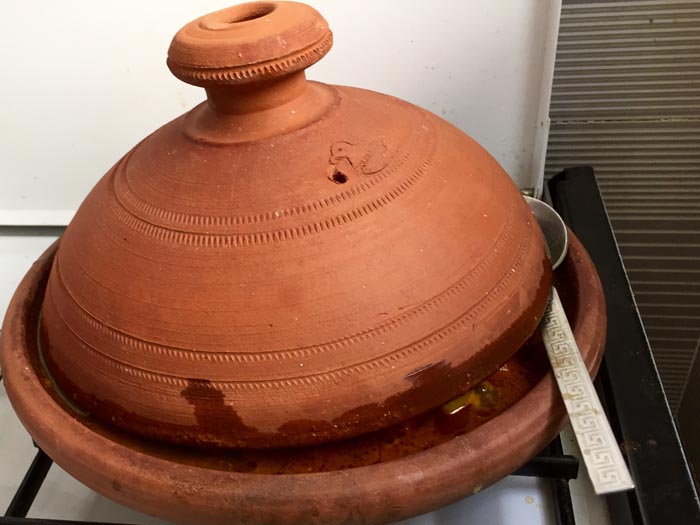
We’d let each layer cook for a bit, covered, before adding the next. In the time between adding layers, we’d prep vegetables for future layers.
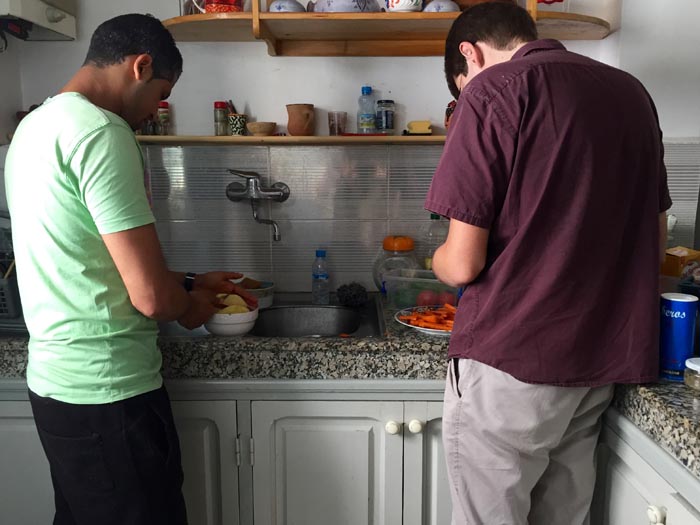
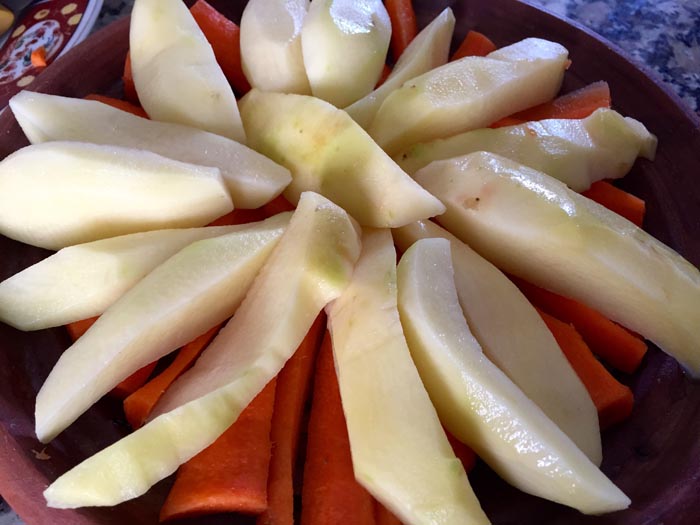
Our instructor explained that the main difference between tajine and stew is that tajines are pretty, because you take the time to prep and arrange the ingredients in a way that is visually pleasing. Then, rather than stirring as the tajine cooks, you steam and periodically baste the ingredients so that you can preserve your arrangement.
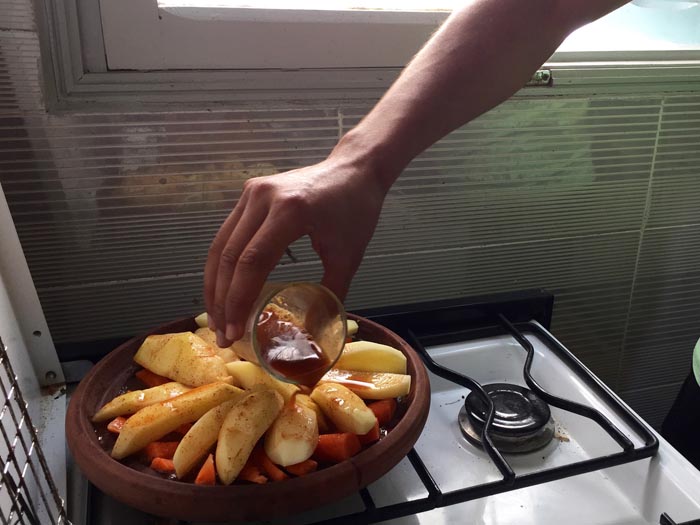
Here is our finished product! It was delicious – even better than the tasty tajine I tried in a hotel restaurant last week. Tajines are typically served with bread, which soak up the amazing broth.
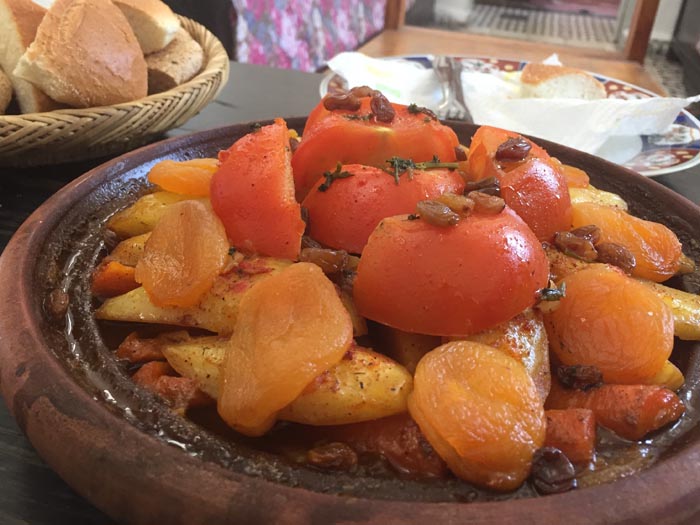
As a side, we also made a salad of grilled peppers, garlic, olive oil, salt, and pepper.
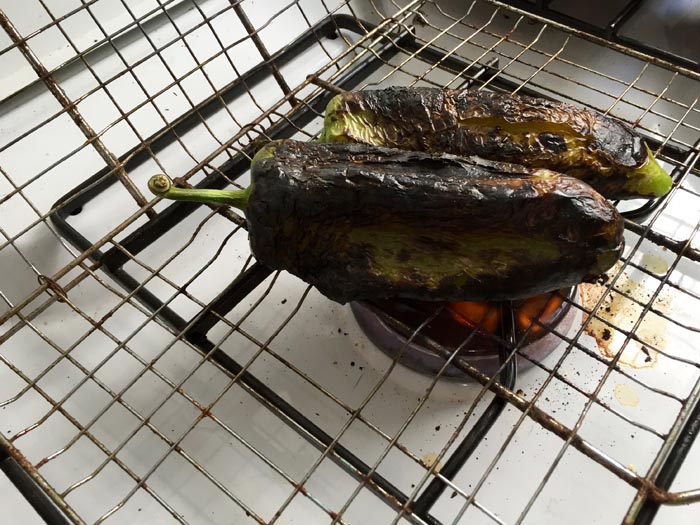
While all of the food was fantastic, it was also very time intensive to prepare and made me appreciate the amount of time many Moroccans must spend cooking. Tajines are definitely slow food! Youness showed us a trick for covering the food with a plastic bag to help it cook more quickly, but this is apparently not as tasty.
We are going to try to replicate this process in our own kitchen later this week. Wish us luck, please!
